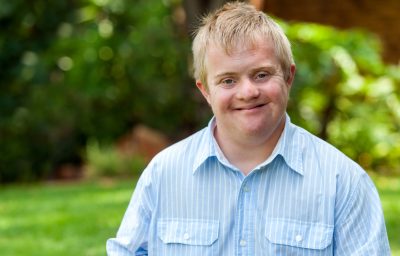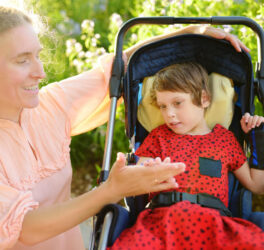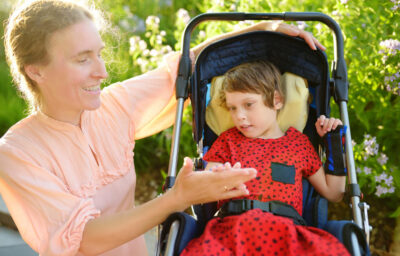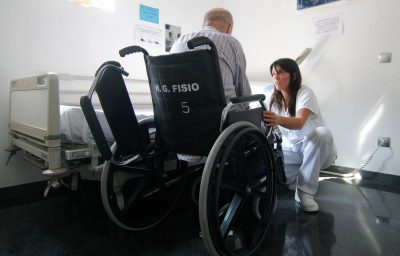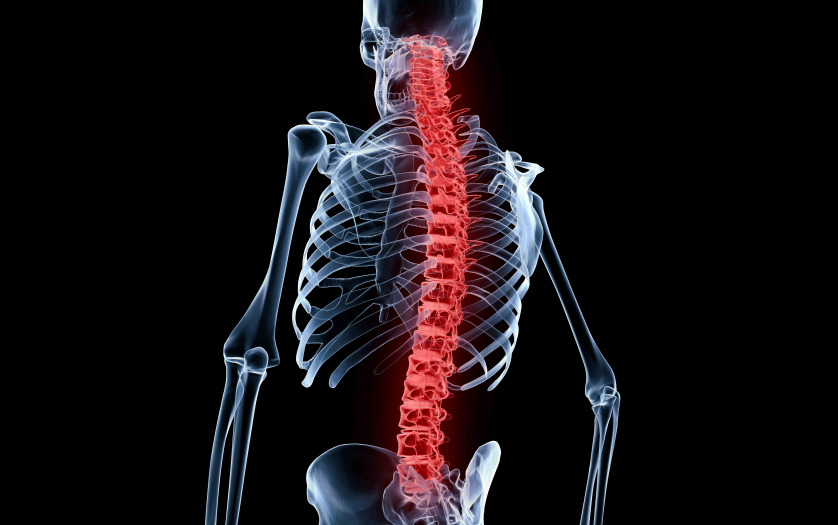
Research conducted at The Ohio State University Wexner Medical Center and The Ohio State University College of Medicine found that spinal cord injuries in mice cause an acquired bone marrow failure syndrome that may contribute to chronic immune dysfunction.
“We also found that it’s possible to overcome certain aspects of spinal cord injury-induced bone marrow failure. This could have an immediate impact on people affected by spinal cord injury,” said lead author Phillip Popovich.
Findings are published online in the journal Nature Communications.
Spinal cord injury (SCI) is known to cause immune system dysfunction, which increases the risk of infections. This, in turn, increases hospitalizations and premature death.
Immune cells are made in the bone marrow. Healthy bone marrow requires proper communication with the nervous system, notably the spinal cord.
“Our research shows that spinal cord injury causes stem cells in the bone marrow – those required to make new immune cells – to rapidly divide. But after cell division, these cells become trapped in the bone marrow. We discovered one possible explanation for this,” said Randall S. Carpenter, first author and recently graduated PhD student from Ohio State’s Neuroscience Graduate program.
Notably, in bone marrow of mice with spinal cord injuries, there’s an increase in chemical signaling between stem progenitor cells and support cells in the bone marrow. This enhanced signaling locks the cells down so they can’t move away from the “niches” in which they are born and develop.
This lockdown can be reversed by post-injury injections of the FDA-approved drug Plerixafor, a small molecule inhibitor of CXCR4, a chemokine receptor. Even though Plerixafor frees blood stem cells and mature immune cells from bone marrow, other techniques showed that the intrinsic long-term functional capacity of bone marrow stem/progenitor cells is still impaired for several months post-injury.


